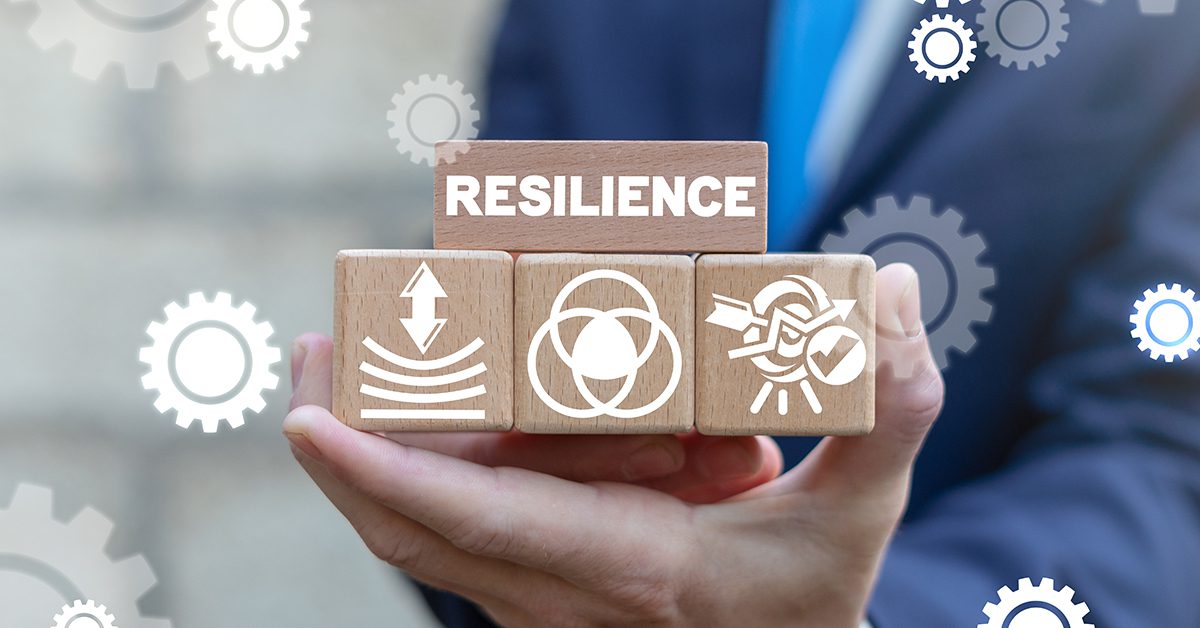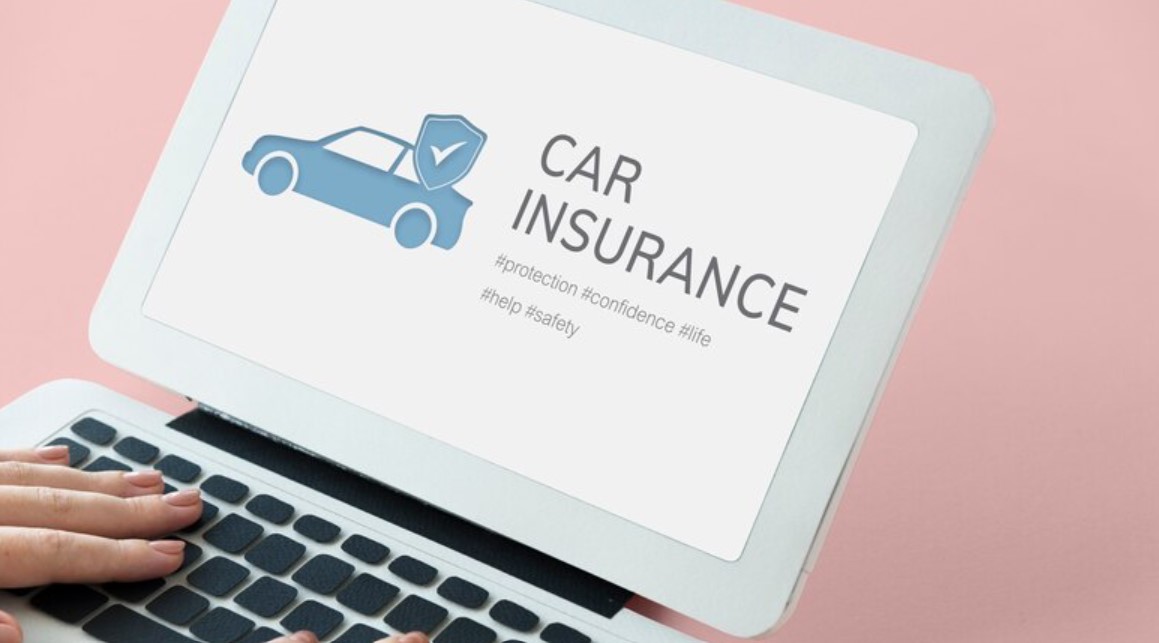
Have you ever wondered how much money a neglected roof could cost your business?
Regular commercial roof maintenance is essential for preventing costly repairs and ensuring your building remains safe. A proactive approach to roof care can save you time and money, while also extending the life of your roof.
This article will guide you through the basics of creating an effective maintenance plan that’s easy to implement. Keep your commercial property secure and well-maintained with these straightforward tips.
Contents
- 1 Conduct a Baseline Roof Inspection
- 2 Schedule Regular Inspections
- 3 Clean and Maintain Roof Drains and Gutters
- 4 Repair Minor Issues Promptly
- 5 Monitor Roof Traffic
- 6 Implement a Roof Maintenance Log
- 7 Plan for Seasonal Maintenance
- 8 Use High-Quality Materials
- 9 Develop an Emergency Response Plan
- 10 Budget for Long-Term Roof Replacement
- 11 Keep Your Building Secure With a Solid Commercial Roof Maintenance Plan
Conduct a Baseline Roof Inspection
A baseline roof inspection involves thoroughly examining the current condition of your roof. During this inspection, check for any visible damage such as cracks, tears, or punctures in the roofing material. Ensure that all drainage systems are functioning correctly to prevent water buildup.
The inspection should also include an assessment of any previous repairs. Record any signs of wear and tear that may need attention in the future. This documentation will be essential for tracking the roof’s condition over time.
Schedule Regular Inspections
Regular inspections are important for maintaining the integrity of your commercial roof. You should plan to inspect your roof at least twice a year. These inspections help identify minor issues before they develop into major problems.
During these inspections, check for debris accumulation that could obstruct drainage. Look for loose or damaged materials that might need immediate attention. Ensure that every part of the roof is thoroughly examined by a trained professional.
Clean and Maintain Roof Drains and Gutters
Clean and maintain roof drains and gutters to avoid water damage. Remove leaves, dirt, and debris from the gutters regularly. Ensure that all drains are clear and allow water to flow freely away from the roof.
Check the gutters and downspouts for any signs of rust or damage. Repair or replace damaged sections promptly to ensure proper functioning. Regular cleaning helps prevent blockages and extends the life of the roof drainage system.
Repair Minor Issues Promptly
Minor issues on a commercial roof should be repaired promptly to prevent further damage. Delaying repairs can lead to more severe problems and costly fixes. If repairs are beyond basic maintenance, consider the best roofing contractor in Omaha to ensure long-term solutions that prevent future issues.
When minor damage is identified, implement repairs immediately. Use appropriate materials to ensure the repairs are effective. This approach helps to avoid the escalation of damage over time.
Monitor Roof Traffic
Controlling roof traffic is crucial for maintaining the longevity of a commercial roof. Limit access to the roof to only authorized personnel to reduce the risk of unnecessary damage. Ensure that paths are predefined and clearly marked for any required maintenance activities.
Provide proper training for individuals who need to access the roof. Ensure that they understand how to navigate the roof safely without causing damage. Monitoring roof traffic helps prevent accidental damage and preserves the roof’s condition for an extended period.
Implement a Roof Maintenance Log
A roof maintenance log is a vital tool for tracking the condition of your commercial roof. It allows you to document inspections, repairs, and maintenance activities in one centralized location. Keeping a detailed log helps identify recurring issues and plan for future maintenance needs.
The maintenance log should include dates of inspections, findings, and any actions taken. It should also record the materials used and costs incurred. A well-maintained log ensures that you have a clear history, making it easier to manage the roof’s care over time.
Plan for Seasonal Maintenance
Seasonal maintenance is necessary to account for weather changes affecting your commercial roof. In the winter, prepare for potential ice and snow buildup by ensuring the roof structure is robust. In the summer, check for damage caused by heat or strong sun exposure.
Update your maintenance schedule to align with seasonal requirements. Be vigilant for signs of weather-related damage after storms or high winds. Adjust your maintenance routine to address specific challenges presented by each season.
Use High-Quality Materials
For a business roof to last, it needs to be made of high-quality materials. Using high-quality materials makes sure that the roof can handle a range of weather situations. Buying high-quality items can cut down on how often fixes are needed.
When choosing products, pick ones that have been tried and tested and have been shown to work well. Stress how important it is to have a professional fix the roof to keep it in good shape. Long-lasting roofing materials make a big difference in how long the roof lasts.
Develop an Emergency Response Plan
For dealing with unplanned roof-related problems, it’s important to have an emergency reaction plan. There should be clear steps in the plan for what to do in case of bad weather or other situations. Make sure everyone who is helping with an emergency knows what their jobs and duties are.
The plan should have a list of people to call in case of an emergency and the tools that are needed to fix things right away. Make sure that it’s easy to find the contact information for roofers. Changes to the staff or contact information should be added to the plan on a regular basis.
Practice what to do in case of an emergency to make sure everyone knows what to do. Teach your workers how to handle possible roof situations. Taking these steps will protect the business property from damage and keep it in good shape.
Budget for Long-Term Roof Replacement
Planning for a long-term roof replacement involves setting aside funds systematically. Start by assessing the age and condition of your current roof. Determine how many years it may continue to function efficiently.
Account for rising material and labor costs over time. Estimate the total replacement cost and break it down into manageable savings goals. Regularly review and adjust your budget as necessary to meet future expenses.
Keep Your Building Secure With a Solid Commercial Roof Maintenance Plan
In conclusion, a proactive commercial roof maintenance plan is vital for the longevity of your building. It helps prevent costly repairs and keeps the property safe. Regular inspections and timely repairs are key components. Utilize high-quality materials for lasting durability.
Monitor roof usage to avoid unnecessary damage. Keep a detailed maintenance log for better management. Also, have an emergency plan in place for unforeseen situations. These straightforward steps ensure your commercial roof remains in top condition year-round.
Did you learn something new from this article? If so, be sure to check out our blog for more educational content.







